For linear calculations on linear circuits (e.g. solving for voltages and currents in a circuit containing only independent sources, linear dependent sources, resistances, and capacitances/inductances/reactances), it doesn't matter. Going between RMS and amplitude is the same as multiplying by a factor of \$\sqrt{2}\$ so the solution remains consistent. If you start with RMS values for sources you'll get RMS values for voltages and currents, and if you start with amplitudes for sources you'll get amplitudes for voltages and currents. In practice, I've seen both RMS values (as discussed in classes on electromechanical systems/power) and amplitudes (as discussed in an intro lab to RF electronics).
You must, however, be careful when converting between phasors and time-domain signals, as Andy aka's answer points out.
Care must also be taken when computing e.g. power, which is a nonlinear operation. With RMS phasors \$V_{RMS}\$ and \$I_{RMS}\$ for the voltage across and the current through an element, the complex power dissipated in that element is \$S = V_{RMS}I_{RMS}^*\$. On the other hand, if they are amplitude phasors, then the extra factors of \$\sqrt{2}\$ must be corrected for, so the power is \$S = \frac{V_{Pk}I_{Pk}^*}{2}\$. Likewise, for calculations involving non-linear components, the same care will need to be taken.


